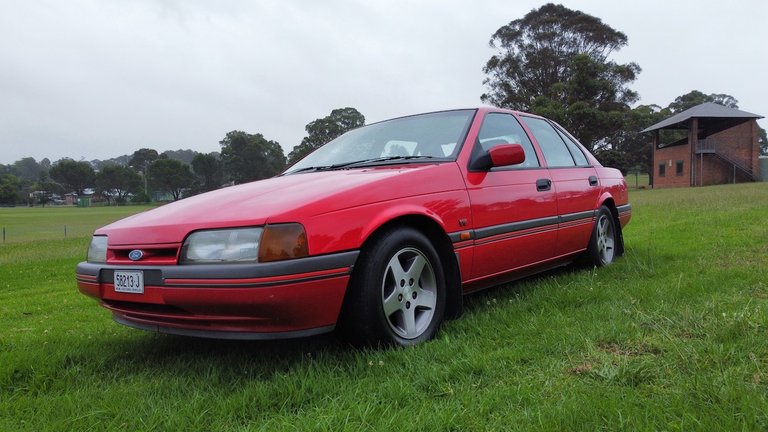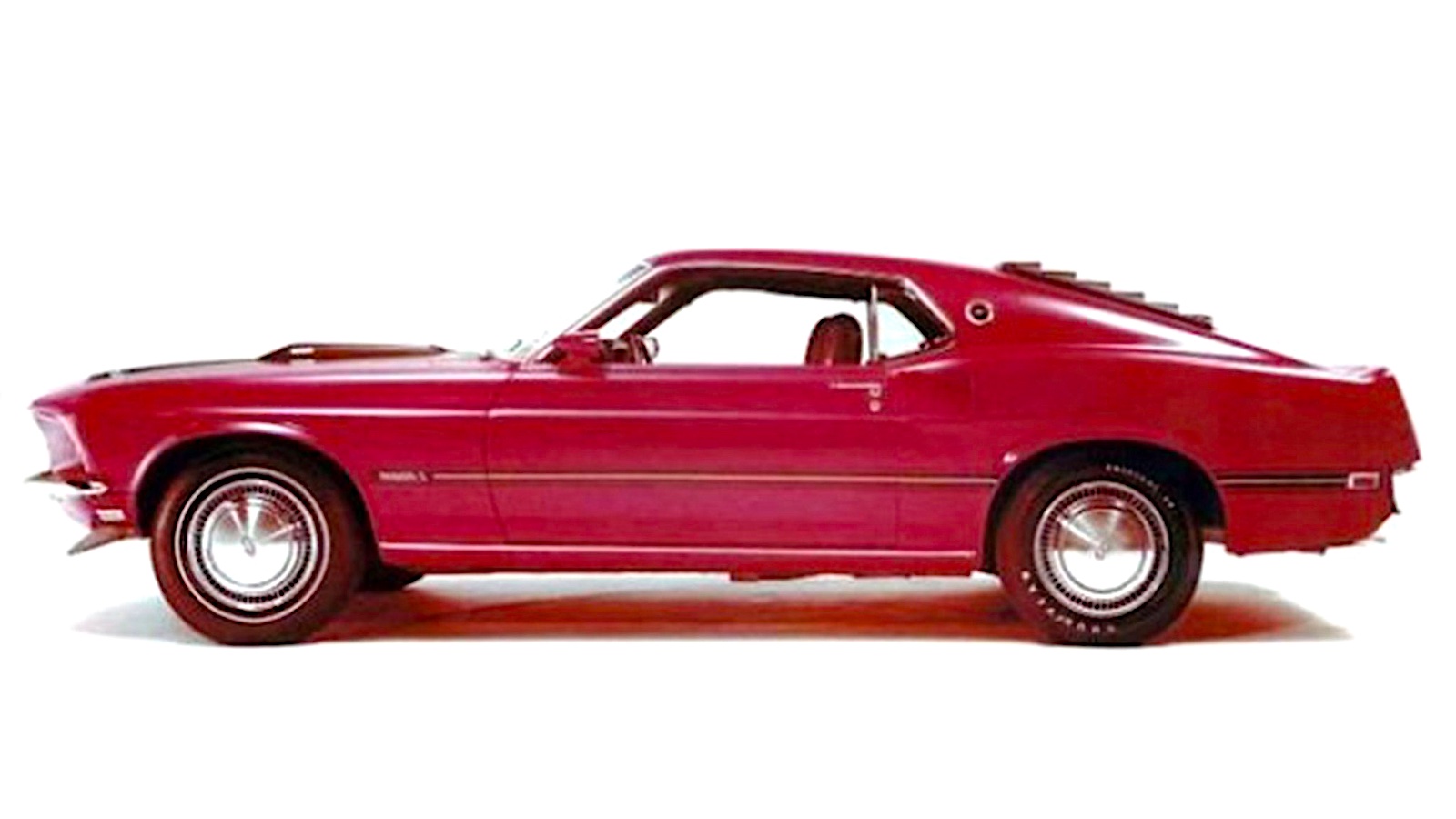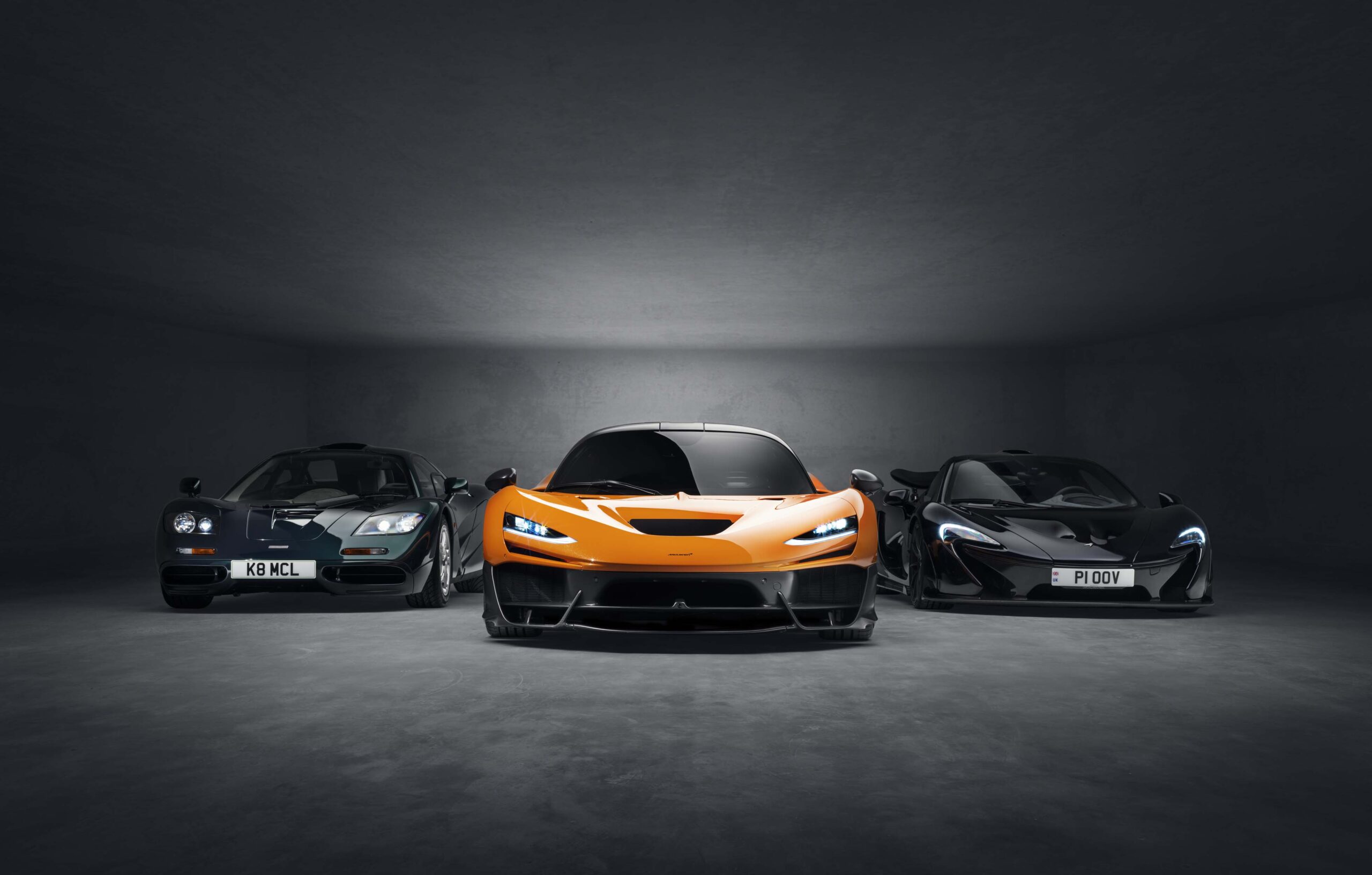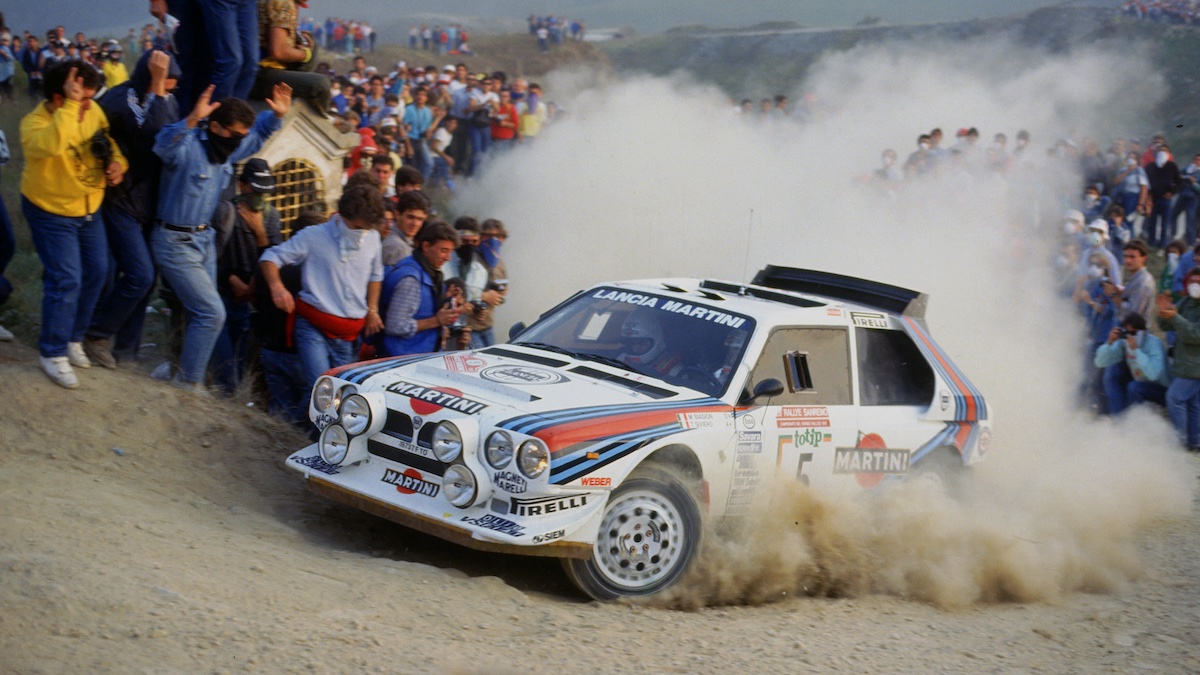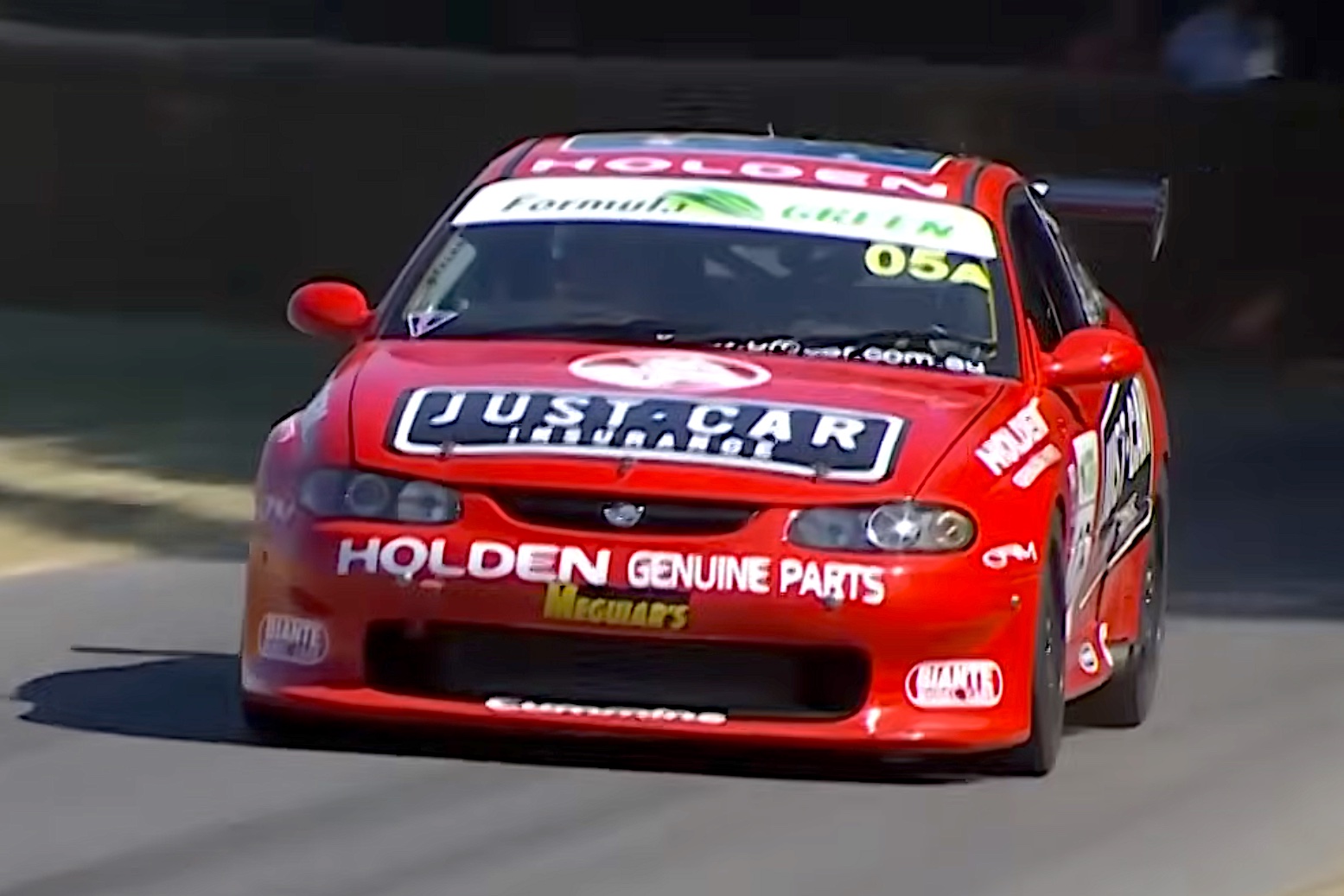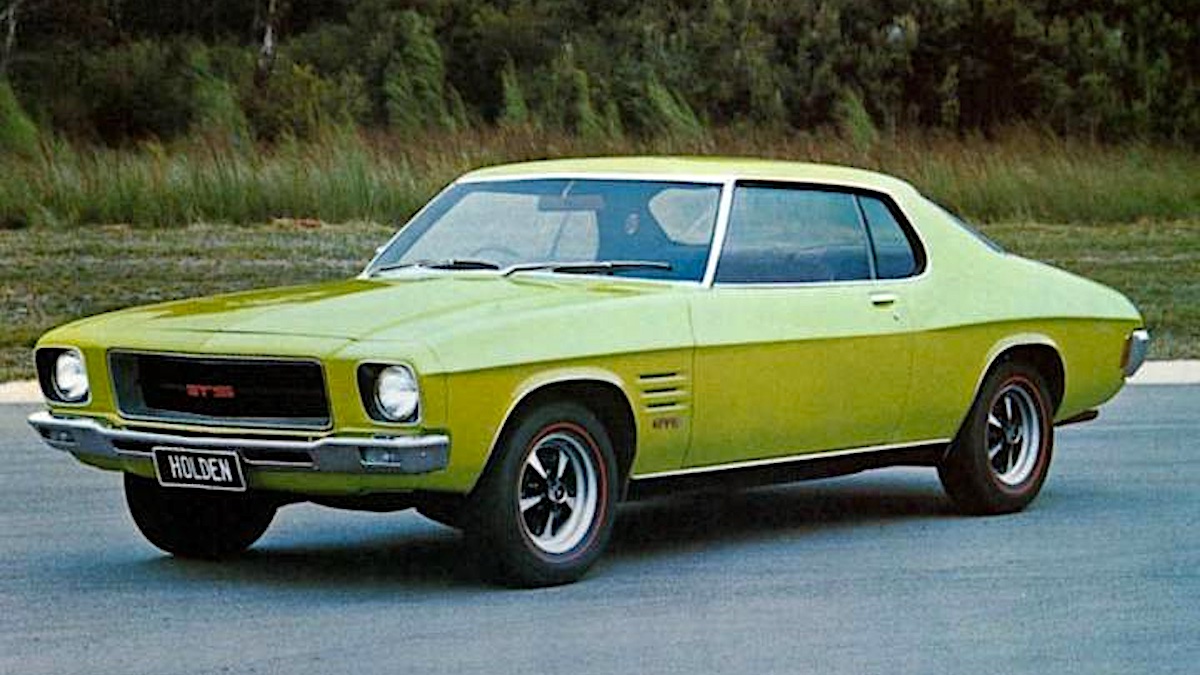The EB Falcon saw the return of a V8 engine option with the S-XR8 after the EA was only offered with a straight-six lineup
Ford Australia’s belated response to Holden’s fuel-injected V8-powered VN Commodore kickstarted the greatest-ever era of Aussie performance cars.
Looking back now, it seems absurd that Ford Australia chose to stop making its 4.9- and 5.8-litre V8s in 1982, depriving the Falcon of its most iconic performance models, and Ford itself of a recognisable local motorsport hero car for the remainder of the 1980s.
But hindsight is a wonderful thing and even though the ‘win on Sunday, sell on Monday’ mantra remained a powerful showroom tool, selling a heavy, thirsty, cast-iron V8 in the fashionably high-tech 1980s was hard work.
Smaller, more frugal engines with alloy heads, turbochargers and electronic control units were all the rage, with the booming Japanese car industry forging past the Germans to become the leader in global automotive technology.
Holden, Ford’s main competitor in Australia, also planned to cease V8 engine production by the mid-1980s. But the decision was reversed at the last minute, and the V8 option was retained in the Commodore and Calais, with the new V8-powered models arriving in 1989, the year after the rest of the VN range.
Better still, Holden added electronic fuel injection (EFI) to its iron-block V8 for the VN, ensuring a new generation of Aussie kids had a Holden sports sedan to aspire to.
In the two years following the VN’s launch Holden sold around 12,500 V8-powered models, including the Commodore and the brand’s long-wheelbase VQ Series Statesman and Caprice luxury models, which arrived in early 1990.
It’s no coincidence that over that same two-year period Ford achieved around 12,500 less sales with its still-new EA Falcon.
How Ford fast-tracked development of the US-market Mustang V8 to create a rival for Holden’s SS Commodore
With the alarm bells ringing at Ford Australia’s Broadmeadows headquarters, the company scoured the global parts catalogue for a suitable V8 engine replacement.
Production of the Falcon’s inline six-cylinder was still in full swing at the company’s Geelong engine plant, but local V8 line capacity was long gone.
Thankfully, Ford’s engineers worked out that the 5.0-litre V8 fitted to the US-market Mustang coupe could be adopted for the Aussie Falcon.
On paper, the Mustang’s V8 looked like an ideal foil for Holden’s bent eight, being of identical 5.0-litre capacity and boasting near identical outputs to the Holden V8’s 165kW at 4400rpm and 385Nm at 3600rpm.
The fact all Falcon sedans, including the EA, could trace their basic production dimensions back to the same 1960s-era US market Falcon from which the Mustang was descended, also meant the former’s engine bay was an ideal fit for the Yank-sourced V8.
With development fast-tracked by using both Australian and American engineering teams, the Aussie Falcon body and the US Mustang V8 engine were quickly married.
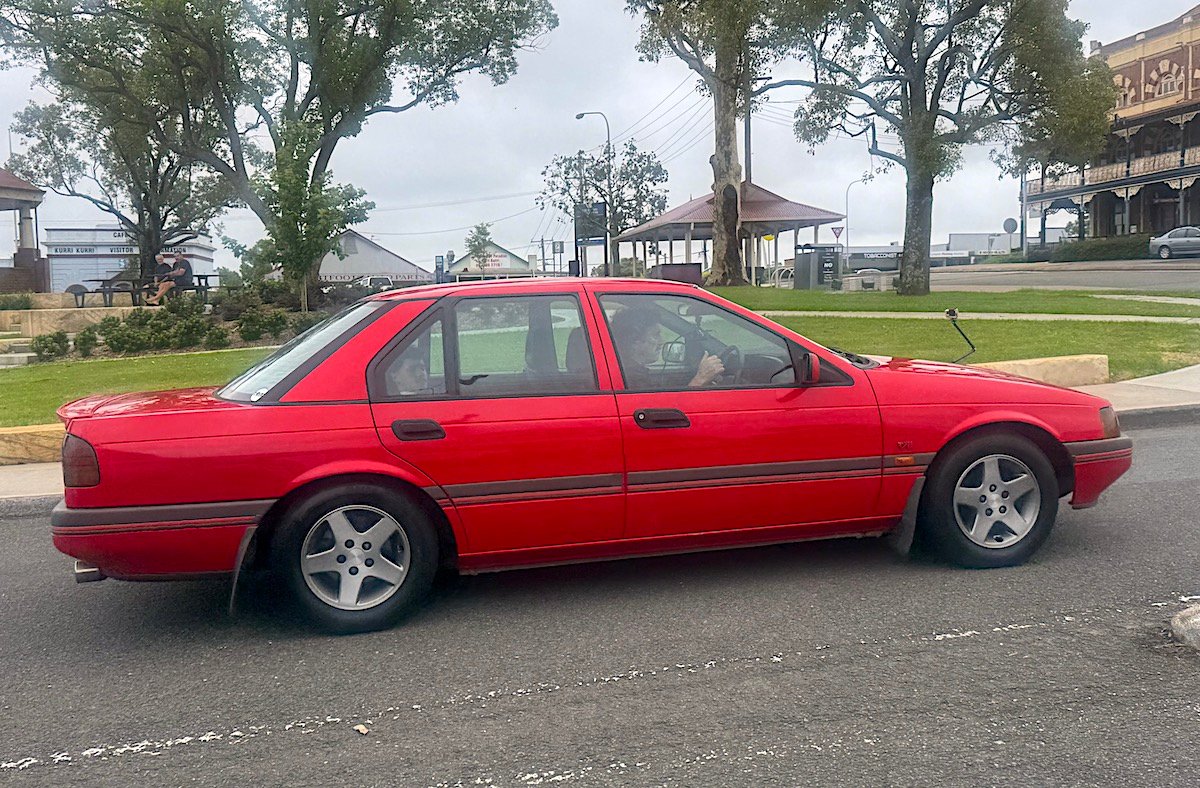
When the EB Falcon arrived in 1991, it marked the first V8-powered model in nearly a decade
Localised changes included relocating the under-bonnet battery, adding a new cooling fan, and flipping the intake manifold to cater for the Falcon’s different engine bay and air cleaner layout. The new Australian-made four-speed auto also required specific calibration.
In 1991 the new EB series Falcon arrived and with it came the first new Falcon V8 in almost a decade. The 5.0-litre V8 was available in sedan and wagon body styles from the base model GL Falcon all the way to the range-topping long wheelbase LTD, giving Ford Australia a near model-to-model match for Holden’s V8-powered lineup. The Ford V8’s outputs of 165kW at 4500rpm and 388Nm at 3000rpm were uncannily close to the Holden’s.
Crucially, among the new V8-powered Falcons was a new performance model, the S-XR8 that would spearhead Ford Australia’s renewed assault on Holden’s fuel-injected VN Commodore V8.
In the next instalment: How Ford’s new V8-powered Falcon S-XR8 sedan poured petrol onto the embers of the simmering Ford versus Holden rivalry.

